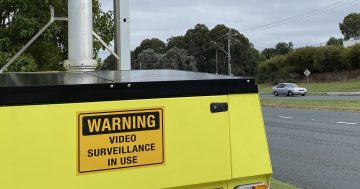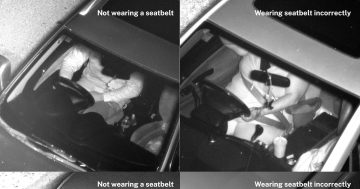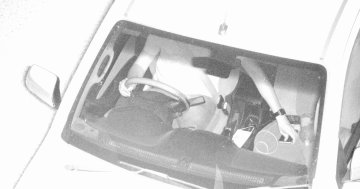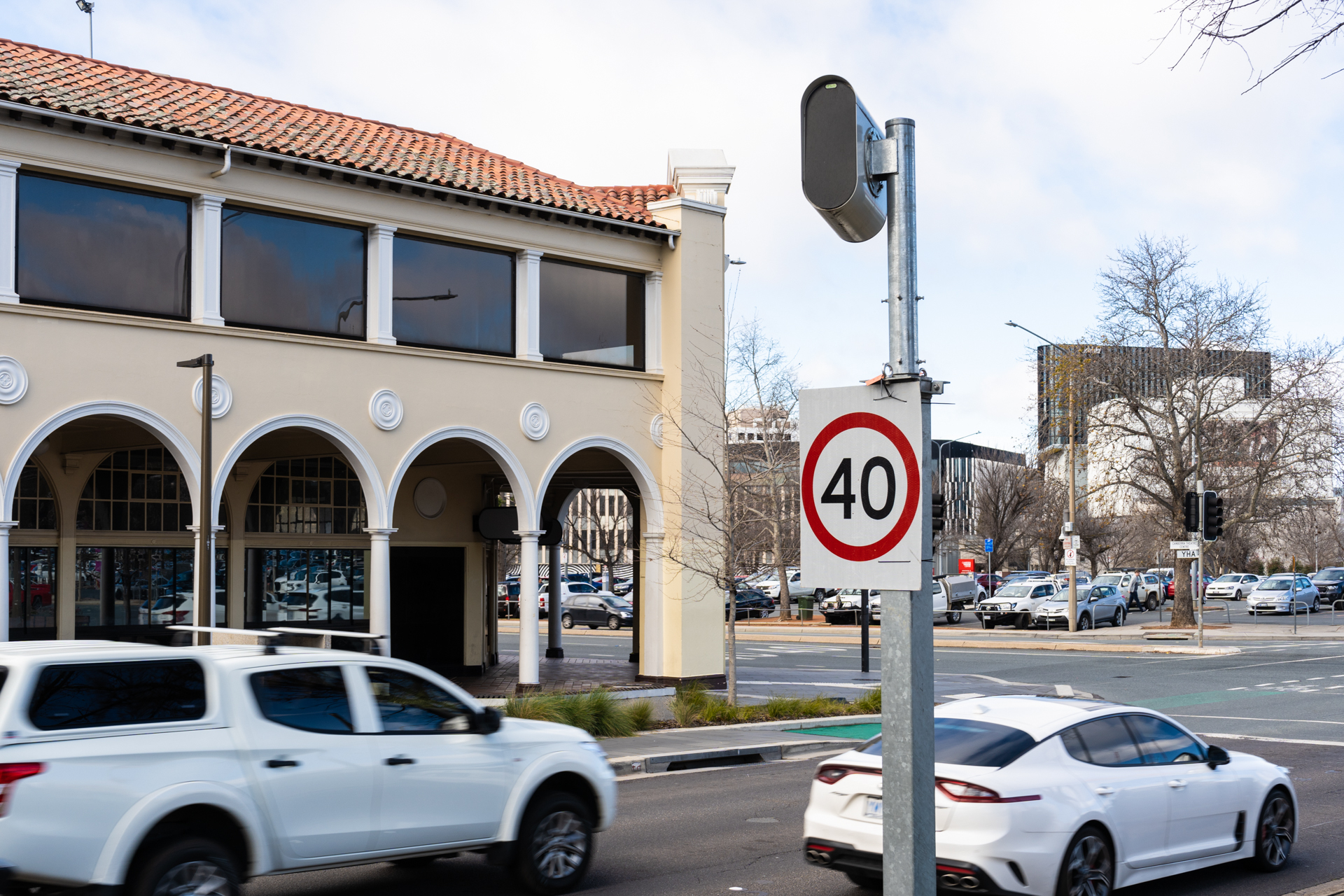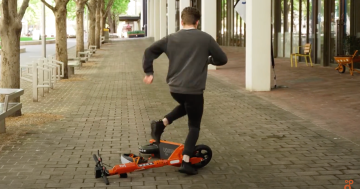Minister for Justice, Shane Rattenbury, today released the Government’s ACT Road Safety Camera Strategy together with a report by the University of New South Wales and announced that the 2015/16 Budget will provide additional funding for mobile speed camera operations.
“An evaluation of the ACT road safety camera program undertaken by the University of New South Wales showed a significant reduction in speed and casualty crashes following the introduction of mobile cameras in 1999,” said Mr Rattenbury.
“Mean percentile speeds reduced by 6% to 8% on ACT roads in the first few years after mobile speed cameras were introduced. This reduction in speeds coincided with a 25% to 30% reduction in serious injury crashes on roads where the cameras were being used.
Mr Rattenbury said the evaluation also showed that mobile camera enforcement must remain at visible levels to ensure the effectiveness of this type of speed enforcement.
“Road safety is a clear priority for this Government and I am pleased to announce an injection of $1.3million over the next four years, to significantly increase the operation of mobile speed cameras in the ACT.
“This will fund an additional four mobile camera operators and increase mobile camera operations on ACT roads by over 120 hours per week.
“I also intend to amend the road transport legislation to allow cameras to be used on any road in the ACT. A mobile speed camera can genuinely be deployed “anywhere, anytime”.
“In 2002, an increase in mobile camera operations from around 400 per month to over 600 per month saw a decrease of approximately 40% of serious injury crashes on roads with mobile cameras. The evaluation also showed that serious injury crashes at red light camera intersections dropped.
“While some drivers do not like road safety cameras, the evidence is clear that speeding is dangerous and road safety cameras help save lives. The new ACT Road Safety Camera Strategy will help maximise these benefits, ensuring they are used most effectively, in the right places, and with ongoing evaluation.
“A key direction provided in the Strategy is for an appropriately skilled independent consultant to develop improved placement criteria and review the locations of the existing cameras.
“Martin Small Consulting has recently been engaged to undertake this review. Mr Small has over 18 years’ leadership experience in road safety.
“The Government has also commissioned an expert to review point-to-point camera locations and to develop revised siting criteria for any future point-to-point cameras, focused on achieving the most effective contribution to road safety outcomes.
“The new strategy also introduces several key policy changes, such as deploying or relocating fixed mid-block cameras only to locations with a known crash history or considered to be a high risk, given that these types of cameras only have a limited, localised effect.
“There is ample evidence that road safety cameras are an effective way to reduce speeding and increase safety – but it is essential that they are used strategically. This new Camera Strategy will ensure a highly strategic and evidence based approach to the use of road safety cameras in the ACT, to ensure the best safety outcomes for the community,” said Mr Rattenbury.
All documents will be available at www.justice.act.gov.au.




